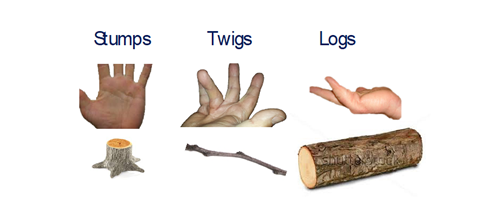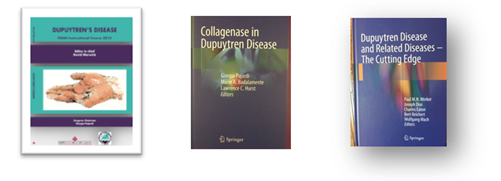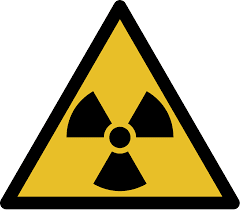
Dupuytren’s
Why ask David Warwick to look after your Dupuytren’s
David was awarded a Doctorate in 2020 by the University of Southampton for his research thesis entitled “Dupuytren’s Disease-My Journey”.
David will make sure that you understand all the options available for you. Every cord is different- some are narrow “twigs” suited to a needle, some are thick “logs” best suited to a skin graft. You will be given all options that are suitable with a thorough explanation of the advantages and disadvantages of each.
David has over 21 years consultant experience in this delicate surgery and is backed up by a first-class team of specialised hand therapists.
David has been one of the leading European researchers and clinical practitioners in treating Dupuytren’s Contracture for many years. In recognition of this he has been awarded Lifetime Honorary Membership of the International Dupuytren’s society. He is one of only two people in Europe to so far to be bestowed with this this huge honour.
In 2015 he edited the European Hand Societies textbook Dupuytren’s Disease with over 2000 copies distributed. He has written book chapters and has led several research projects. He has examined 3 PhDs. He has lectured around the world on the clinical and academic aspects of the condition.
David was Chair of the European Advisory board which led to the safe introduction of Xiapex into Europe in 2012. He performed over 550 injections until the drug was withdrawn in December 2019 by the manufacturer for commercial reasons.
![]() PDF Downloads (links – open in new window)
PDF Downloads (links – open in new window)
- Using more needles around the world
- Southampton Dupuytren’s Clinic
- Dupuytren’s Disease overview
- Skin grafting in Dupuytren’s Disease
- Collagenase Clostridium histolyticum: emerging practice patterns and treatment advances
- Patient Satisfaction with Collagenase
- Collagenase in Patients with Dupuytren’s Point X Study
- The Southampton Dupuytren’s Scoring System
- Dupuytren’s Disease -my personal view
- Dupuytren’s-Disease Instructional-Course
- Correlation of function with deformity in Dupuytren’s Disease
- Collagenase: what we may never know (a discussion)
- Collagenase: Follow up studies, satisfaction, dosage, recurrence, drug safety
- New insights into the immediate outcome of collagenase injections
What are the treatment options?
Leave alone
Not everyone with Dupuytren’s needs treatment. If you are small nodule and or a mild contract with no symptoms, there is no harm in waiting. Treatment is still very effective even if the cord gets to 30 or 40°
A few patients are suitable for this treatment. If you have a broad painful plant in the hand or widespread very early disease then this may be an option. David Warwick can refer you to his colleague Dr John Glees or Dr Richard Shaffer.
Percutaneous needle fasciotomy (the “French treatment”)
This is the simplest, safest and quickest procedure with the shortest recovery (usually just a few days.) If you have a thin narrow twig then this is very suitable. The recurrence rate however is rather high.
In the outpatient clinic using freezing spray the cord is popped multiple times with a special fine needle. This snapped the cord and allows the finger to go straight.
Xiapex (Collagenase)
Unfortunately this drug has just been withdrawn from the market for commercial reasons. Hopefully one day it will be available again and if so David Warwick will offer this.
Fasciectomy
This is the most common treatment. The surgery is done as a day case. Under high magnification the disease is very carefully removed from your finger and palm. This is very delicate surgery which needs a lot of skill and experience full stop most people do very well but it does take 4 to 6 weeks to recover. The recurrence rate is perhaps 15 to 20% in due course. Just occasionally there is a regrettable complication but every care is taken to avoid this.
Dermofasciectomy with skin grafting
This is the most thorough treatment. If the skin is involved (like a “log”) then the affected skin is removed. The skin is replaced with a small patch taken from your upper inner arm. It takes six weeks or so to recover; the new skin often makes rehabilitation easier. The recurrence rate is very low- lower than traditional fasciectomy and much lower than needle fasciotomy.
Download the information sheet so you can weigh up the options.





